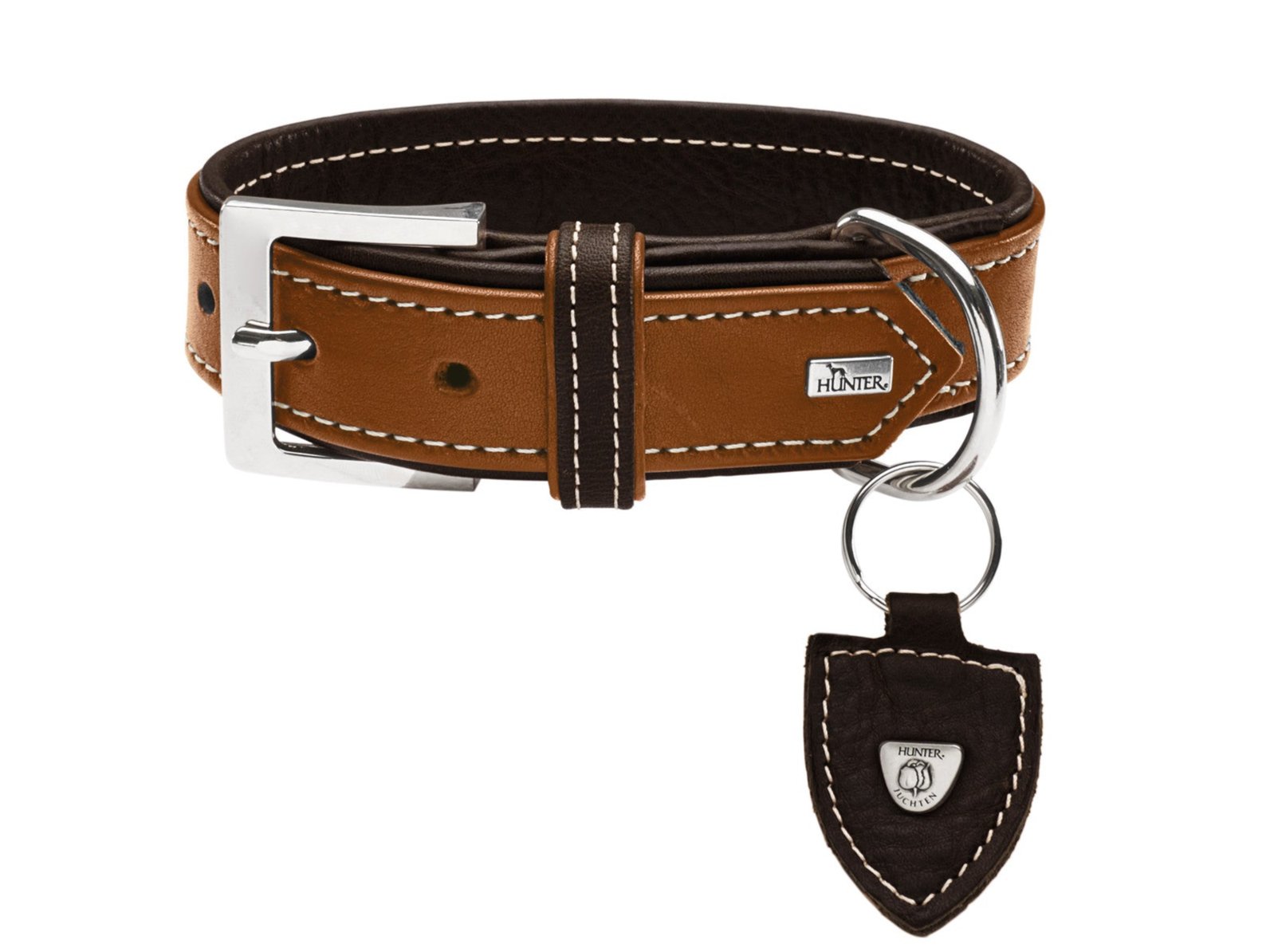A puppy - the best gift ever! 7 tips before you bring it home
Prepare your home
Prepare for your new puppy’s first week home by stocking up on the essentials. Choose a puppy food, buy water and feeding bowls, get a first simple leash and collar with an ID tag, toys and treats.
Our New Puppy Checklist below can tell you everything your puppy will need to get settled. Planning to have all the supplies on hand can allow some extra time for bonding when you bring him home. Given you’ll want to start potty training on day one, reading up on some tips and tricks can help set you both up for success.
Lastly, and maybe most importantly, you may want to start thinking about names in advance as well. Choosing a name and using it consistently is vital to puppy training.

Puppy’s First Week Home
Puppies are curious, so encourage yours to explore his new home. Show him around the places and spaces where he’ll be able to spend his time.
Puppies start teething around 12 weeks of age. They also learn about their environment by putting things in their mouths. If he tries to chew on shoes or furniture, redirect him by giving him a toy instead.
If you discover he’s chewed something he shouldn’t have after the fact, don’t scold him. He won’t understand why you’re upset. If you do catch him in the act, give him a firm “No,” and redirect him with a toy or game.
Create a feeding routine by feeding him at the same times each day and in the same location. Sticking to a schedule helps him learn what to expect and can also help you anticipate his need to go potty.
Potty training can begin immediately when you bring your puppy home. Consistency is the name of the game.
Start by showing him his potty spot, wherever that may be, and use the same phrase like “go potty” to connect what he should do with what you’re asking of him. Let him sniff around and get familiar with the area, and if he goes potty, praise him or offer a treat to help reinforce that behavior in the future.
Taking him out right after mealtime and before and after naptime can help reduce the chance of accidents in the house.

It’s a good idea to start practicing leaving him alone from day one. Before putting him in his crate, take him out to potty. Then you can put him in his crate and leave the house, returning after just a few minutes. He may bark and whine, but as you practice and build up the amount of time he’s alone, he’ll learn that you’ll come back.
It’s also never too early to start obedience training. Potty training is important as mentioned above, but you also want to begin teaching him some basic commands like “sit,” “down,” and “stay.”
Help him get used to his leash by taking him for short walks around your yard or wherever you have space. Avoid socializing with other dogs in public places until he’s had his vaccinations.
You will want to take your puppy to see your veterinarian within the first week for an overall checkup. He may need some vaccinations and a parasite check. This is a great opportunity for him to experience riding in a car and meeting and interacting with new people.
Your veterinarian will mostly likely encourage you to play with your puppy’s ears and feet as well as establish a consistent dental health routine. All these activities will help you and your puppy in the long run, especially if medical conditions arise.
You may also want to introduce your new puppy to family and friends. This can be a great socializing experience for him but try not to overwhelm him with too many visitors at once. Allowing your puppy to meet children of all ages will help him develop into a well-rounded dog who loves people of all ages and sizes.
Once your veterinarian gives the green light, you can begin socializing him with other dogs as well. Socialization and training are essential in helping your puppy become a well-mannered dog.
Enjoy every second together, they grow really fast!









Leave a comment